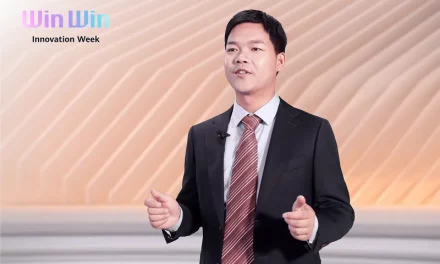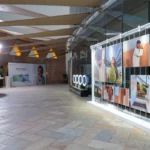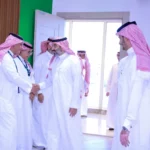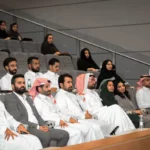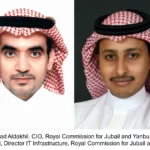
Huawei’s green solutions targets devices, sites, and networks.
5G Leads the Stride and opens up a world of new opportunities
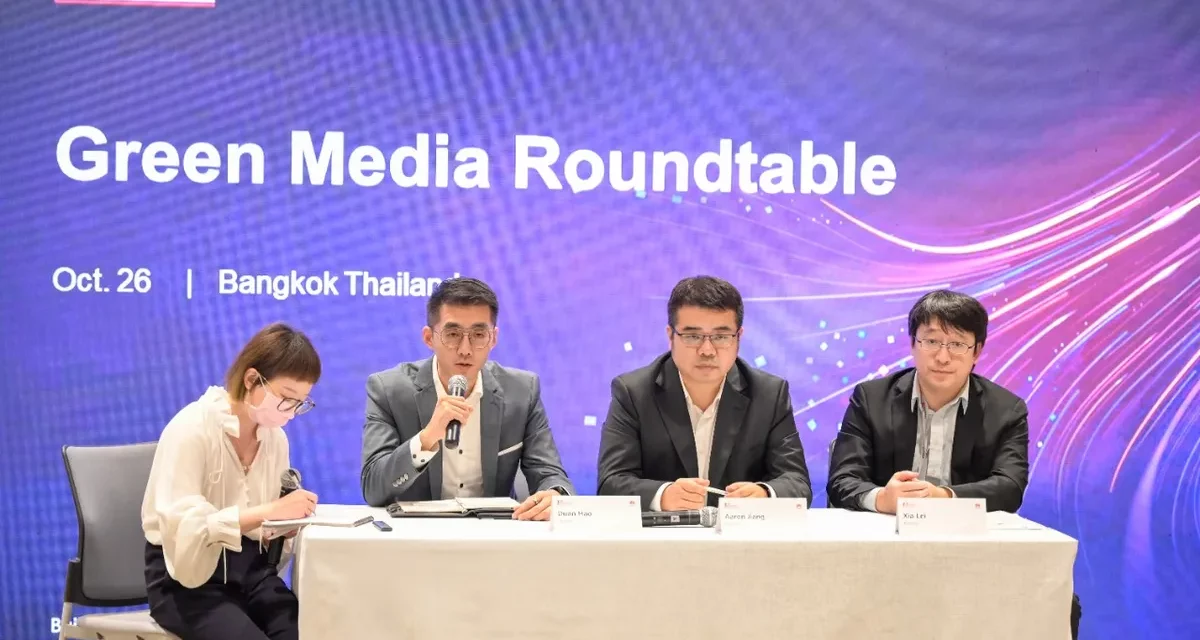
Green development is now a global consensus. The digital economy is developing rapidly, and industries are going digital and setting green agendas faster than ever before. A more open, diversified, and inclusive industry ecosystem is needed. Although the ongoing challenges Huawei faces to grow its business and revenues, it continues to focus on surviving and keep growing both steadily and sustainably.
Huawei believes that technology is a force for good. As such, sustainability is a key part of its overall strategy. The company made ongoing efforts in its four sustainability strategies – digital inclusion, security and trustworthiness, environmental protection, and a healthy and harmonious ecosystem. Huawei is positive about these efforts to contribute to the United Nations Sustainable Development Goals (UN SDGs).
Huawei has developed a full range of green solutions, including green sites, green networks, and green operations, which support its “More Bits, Less Watts” strategy to help carriers increase network capacity without significantly increasing energy consumption. Through these actions, Huawei aims to support carriers’ green and sustainable development, and use ICT technology to help industries increase energy efficiency and accelerate their green development.
The Chinese giant believes that ICT will be pivotal to building a greener world and promoting the sustainable development of society at large. It develops network solutions for green sites, networks, and network operations, as well as more efficient and low-carbon energy solutions. Also works with its ecosystem partners to deploy more energy-efficient ICT infrastructure with the goal to make ubiquitous connectivity a greener possibility.
The company whose vision is to bring digital to every person, home, and organization for a fully connected, intelligent world has also followed the vision of “Tech for a Better Planet”, working to protect the planet with its technology and to contribute to a sustainable world. Specifically. Huawei focuses on three areas: Reducing carbon emissions, promoting renewable energy, and contributing to a circular economy.
As 5G networks are deployed, 5G sites consume more energy, produce more emissions, and drive up OPEX. To address these challenges, Huawei has launched low-carbon site power solutions for all scenarios and the full lifecycle of sites, covering low-carbon network construction, low-carbon operations, and low-carbon maintenance. These solutions help carriers deploy green 5G networks without additional energy OPEX while minimizing CAPEX. In terms of sites, these solutions can improve site energy efficiency from 60% to 97% by changing sites from rooms to cabinets and from cabinets to poles, minimizing physical footprints and rental costs.
The Global Mobile Broadband Forum 2022 hosted last week by Huawei in Bangkok, Thailand in collaboration with its industry partners GSMA and GTI was a top-notch global industry event. The annual forum gathers mobile network carriers, vertical industry leaders, and ecosystem partners from around the world. This year’s edition of the event gained special importance by discussing the accelerated 5G deployment globally, 5G commercial success, and other hot topics like ICT infrastructure upgrades and green development, intelligence, and 5G evolution to 5.5G.
The event saw the launch of the RuralLink solution. Through site-level innovations, this solution enables green sites, site simplification, and easy evolution. This makes it possible for operators to build mobile networks that allow for positive business cycles in rural areas while connecting those who are still unconnected. Huawei’s RuralLink solution uses unique innovative technologies to solve the difficulties associated with communications.
Aaron Jiang, President of Huawei Wireless SingleRAN Product Line, noted the significance of RuralLink: “Rural areas have a huge demand for mobile communications. Huawei is committed to providing leading coverage solutions for rural areas. Featuring green sites, site simplification, and easy evolution, RuralLink helps operators bring mobile connectivity to rural areas and expand the benefits of digital connectivity to all.”
The Digital Economy is the Middle East’s New Growth Frontier. Countries such as the UAE, Qatar, and Bahrain initiated diversification efforts to establish sustainable knowledge-based economies. These diversification efforts have intensified and become widespread throughout the Middle East in the last decade, especially across Gulf Cooperation Council (GCC) countries. For example, Saudi Arabia — the biggest economy in the Gulf region and the world’s largest oil exporter — is aiming to increase its share of non-oil Gross Domestic Product (GDP) from 16% in 2016 to 50% by 2030. Today, every GCC country has a similar national vision that focuses on developing non-oil sectors for economic growth, local value and employment creation, and social development.
Huawei has worked with its ecosystem partners to develop scenario-based solutions, paving a digital path to carbon neutrality. In oil and gas, Huawei released the Intelligent Oil & Gas Fields Solution, which realized commercial deployment in the Middle East as the first application outside China. The solution provides security warnings and emergency services for oil and gas fields, enabling the digital transformation of oil and gas fields.
In a media round table held at the sidelines of Huawei Mobile Broadband Forum 2022 spotting light on green technologies, Duan Hao, Vice President of Huawei SingleRAN Product Line answered a question by Saudi ICT News about how can a green network contribute to the future of non-oil economies in GCC, and what are the best use cases gained from the global market that can be applied in the Middle East region?
Duan Said: “Energy saving requirements in the Middle East region are similar to other regions and markets around the world. Huawei has three key measures to improve the energy efficiency of the whole network in our energy-saving strategy. The first one is that we will continue to improve the efficiency of the hardware equipment because efficient equipment is the key to energy saving. The second one is that we have innovative products and solutions when it comes to the sites. In Middle East countries solar power can bring good potential because this region is abundant in solar power resources and Huawei does have relevant innovative products and solutions in this domain. We believe that there is a great potential that can drought by optical access site and also site linkage to save energy. Third, is intelligent scheduling of the site and the application of intelligent technologies at the sites helping the telecom operators to save energy in all scenarios?”
“Also according to our observations, the scenarios in the Middle East region are quite different because of the fluctuations in terms of traffic in peak hours. Off-peak hours are bigger compared to other regions around the world and so intelligent energy-saving solutions can bring more benefits to the whole Middle East region. We have worked in depth with some telecom operators in the region and according to actual tests, the application of the intelligence technologies has proved to be quite effective in saving energy”. Duan continued.
“We will continue to innovate in the three domains, equipment, sites, and networks to ensure providing the support needed to help telecom operators in the Middle East region and in the world at large to go green, save energy and optimize green network contribution to the future of other verticals and industries.”
Huawei’s vision is to integrate digital and power electronics technologies, develop green power, and enable energy digitalization for a better, greener future. Huawei aims to help carriers enhance network energy efficiency in all areas. By integrating digital and power electronics technologies, Huawei is developing innovative digital power products and solutions that will drive the shift towards a green and low-carbon energy sector. By June 2022, Huawei’s Digital Power solutions had already helped customers generate 588.5 billion kWh of green power and save 17 billion kWh of electricity. These efforts have offset 290 million tons of CO2 emissions, equivalent to planting 390 million trees.
According to Huawei Green Development 2030 report, it is clear that green development will transform the way people work and live, and these changes will be most apparent in sectors like energy, industry, transport, buildings, and digital infrastructure. Digitalization enables decarbonization. Digital infrastructure will be 100 times more energy efficient by 2030.
To contribute to a sustainable world, Huawei says it will continue undertaking ICT innovations in three areas: building green ICT infrastructure, accelerating the development of renewables, and enabling energy-efficient and low-carbon industries.

















